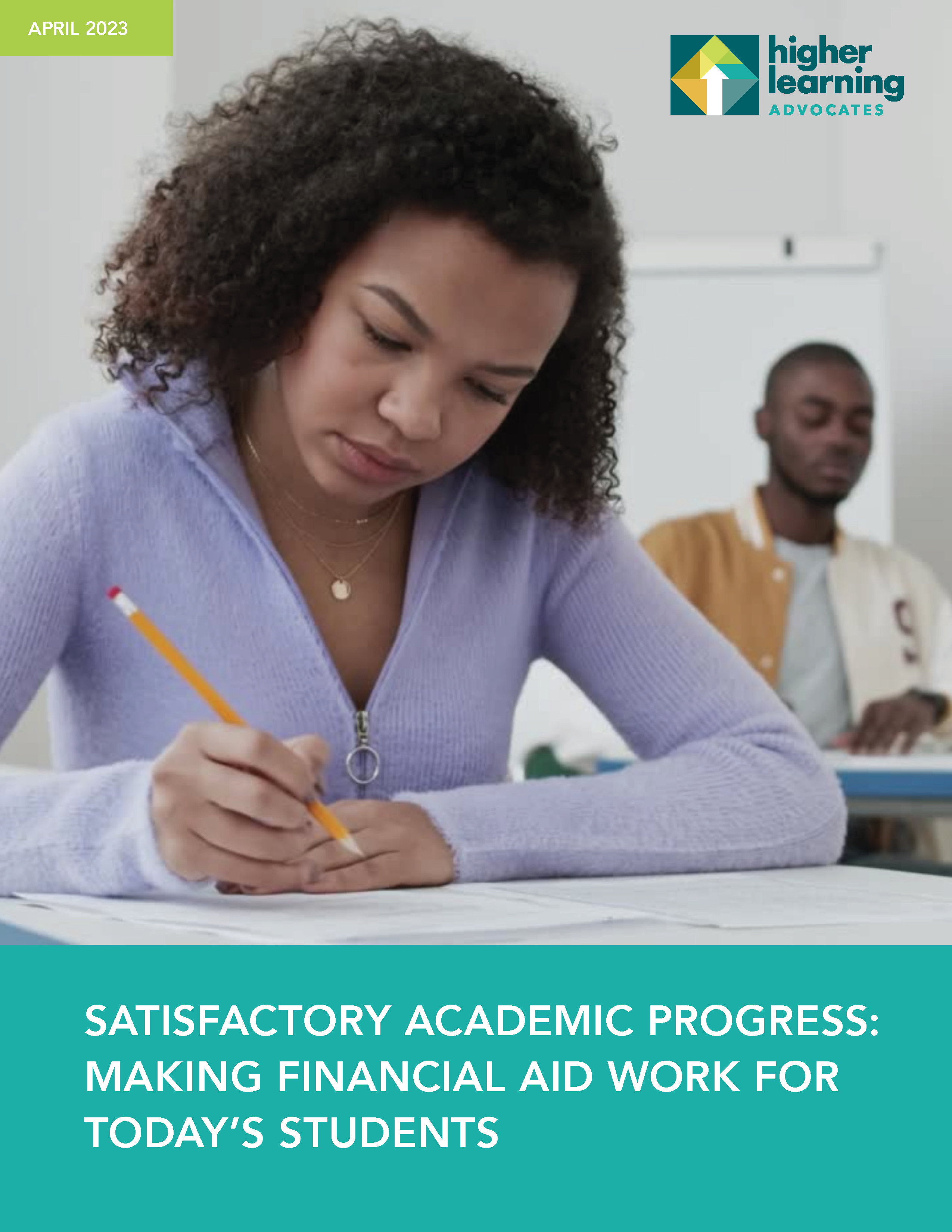Brief: SAP Requirements Create Barriers to Underserved Students
By Maria Carrasco, NASFAA Staff Reporter
SAP Requirements Create Barriers to Underserved Students
“The brief examines how current SAP policies can be confusing for many students, such as those who are new to college and arrive academically underprepared, do not receive proper advising, or face unexpected life challenges.
Institutions can create their own SAP requirements, but at minimum students must maintain at least a 2.0 GPA and pass enough classes to graduate within 150% of the expected timeframe in order to receive federal student aid.
While SAP requirements served a purpose 47 years ago, when it was first established, the brief shows that it now disproportionately impacts Black, Hispanic, and Indigenous American students, who failed to meet SAP more than twice the rate of their white peers. Among those students who failed to meet SAP standards, roughly 77% were students from low-income backgrounds who lost their Pell Grant award, the brief notes.
‘Losing access to critical financial aid due to not meeting SAP requirements can prevent students from staying in school, especially the 6.7 million Pell Grant recipients who rely on this aid to access higher learning and returning adults seeking a competitive advantage in the labor market,’ the report states.
That leads to many students being ‘SAP-ed out’ of higher education, which according to the brief is when a school denies a student’s SAP appeal. The brief notes that out of the fear of being audited by the federal government and losing an institution’s ability to distribute federal financial aid, some financial aid administrators are ‘conservative’ in applying the ‘special circumstances’ component of the SAP rule.
Being ‘SAP-ed out‘ is particularly tough for returning adult learners, who may have stopped out or dropped out and want to return to school. As the brief notes, there are currently over 39 million adults in the U.S. who have some postsecondary academic credit, but no credential and are not currently enrolled in higher education.”
Related Resources
Please find the related resources to the post above.
-
Satisfactory Academic Progress (SAP) Backgrounder
Learn more about SAP and how it impacts today's students -
What Works for Today's Students
Satisfactory academic progress reset

